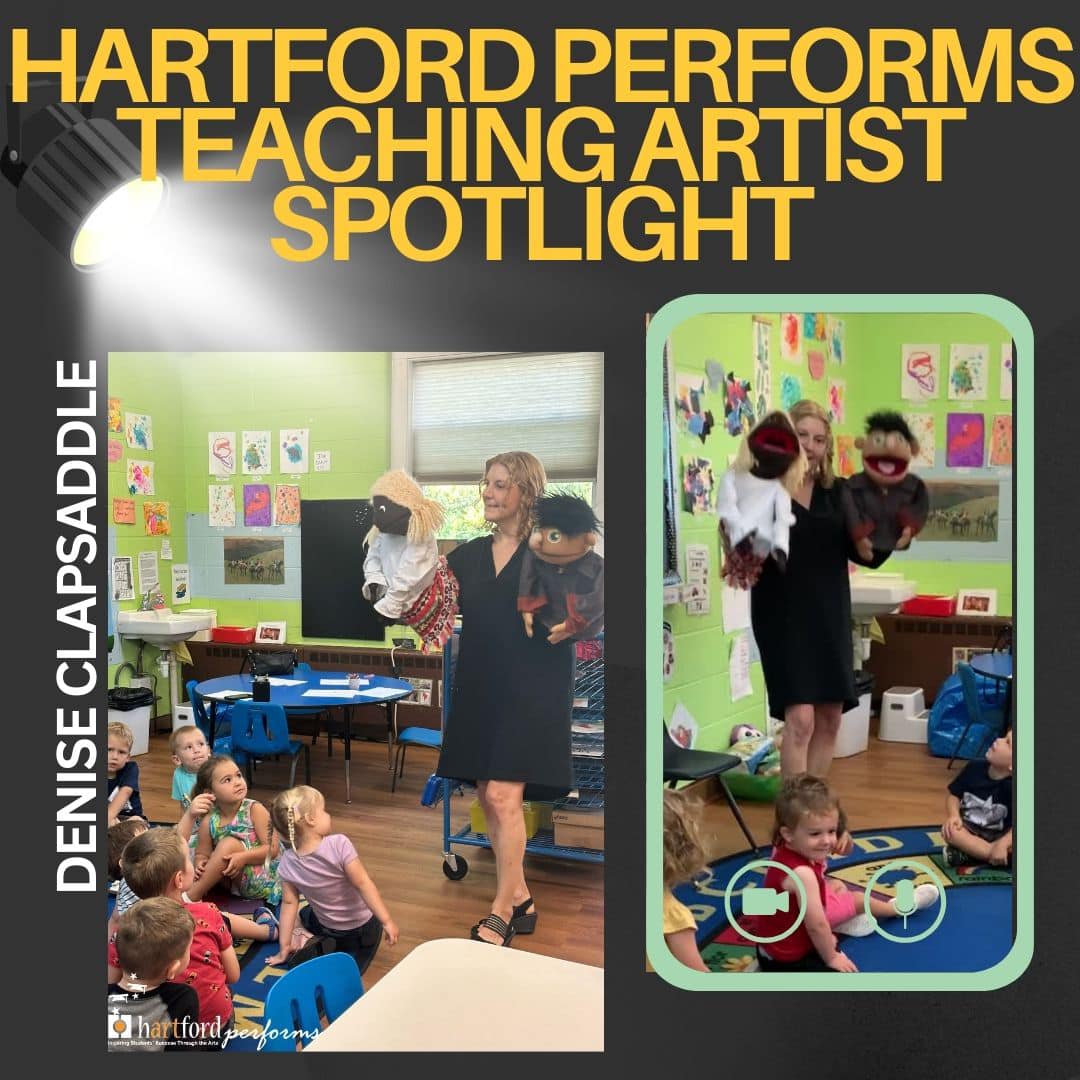Cinderella Stories: Estrellita D'Oro and Billy Beg (elementary)
Overview
| Program Description: |
A variety of muppet-style puppets and a narrator present the stories of Estrellita D'Oro or Little Golden Star, often called the Mexican Cinderella. Like Cinderella, with the help of magical animal fr... Read more
A variety of muppet-style puppets and a narrator present the stories of Estrellita D'Oro or Little Golden Star, often called the Mexican Cinderella. Like Cinderella, with the help of magical animal friends she overcomes the cruel treatment of her stepmother and stepsisters to win the attention of the Prince, although in this case it is because she has a golden star on her forehead. This adaptation ends with Estrellita choosing college before marriage. Children participate by performing a dance led by the puppets and narrator and by providing voice acting as cued by the performers. Billy Beg lives with his father the king and his stepmother and his best friend, a pet bull. When the stepmother objects to a bull in the castle, Billy and his friend leave and embark on a life of adventure. Eventually Billy takes a job as a shepherd, and uses his education and life experience to outwit some trolls and to tame a troublesome dragon. The children participate by performing as sheep and reacting at the instruction of the narrator. The program includes a study guide for teachers. The study guide includes story versions of both puppet shows in the performance. Students could read the stories or do other suggested assignments before or after the show, as the teacher deems appropriate. The narrator guides the students before and during the performance in proper theater behavior, such as remaining in your seat and being quiet unless directed otherwise, and applauding at the end. The talkback will focus on the elements of the stories, how they are similar and different, and how they fit within the genre of folktales and folklore. Children will be allowed to ask questions about writing and performing shows using puppets, to touch puppets and ask questions of the characters played by the puppets.
|
| Available to Grade(s): |
PK, K, 1, 2, 3, 4 |
Logistics
| Program Format: |
In-School Performance |
| Program Format Details: |
In-School Performance (intended for the entire grade level to experience together) |
| Cost Per Student: |
$5 |
| Number of Visits: |
1 |
| Length of Visit: |
60 min minutes |
| Availability: |
All year. |
Requirements
| Program Can Serve: |
Theater |
| Program Requires Prior Meeting: |
no |
| Materials Arts Provider Provides: |
We provide all the materials. |
| Space and/or Set Up Requirements for Program: |
The puppet theater is 5 feet by 5 feet and 7 feet tall. It can be set up anywhere there is adequate room for the theater and seating for the audience. It works best if the students are in a room small... Read more
The puppet theater is 5 feet by 5 feet and 7 feet tall. It can be set up anywhere there is adequate room for the theater and seating for the audience. It works best if the students are in a room small enough to see the puppets, which are about the size of a small child (with the exception of the large dragon puppet.)
|
Learning Standards
| Curriculum Focus: |
English Language Arts |
| Art Form: |
Theater |
Get to Know Our Arts Provider:

